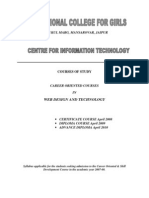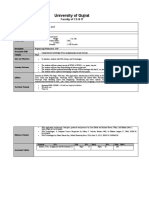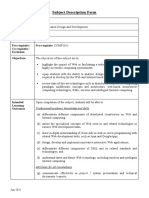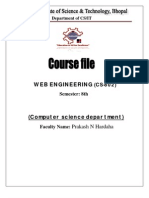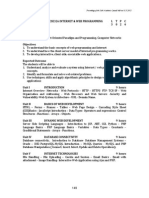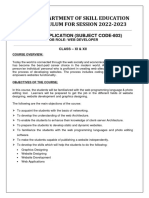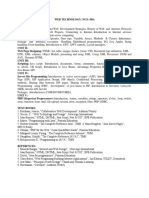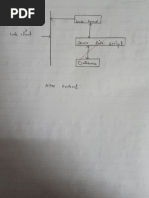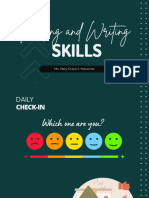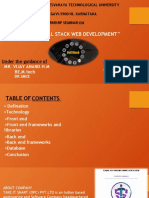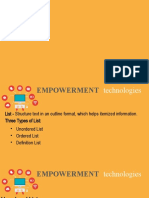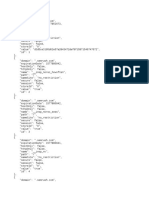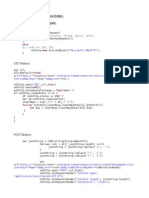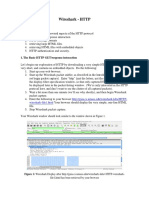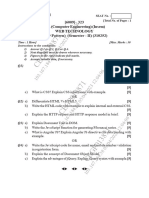100% found this document useful (1 vote)
30 views17 pagesBIT3208 Advanced Web Design Course Outline and Notes
The document outlines the course structure for 'Advanced Web Design and Development' (BIT3208), detailing its purpose, expected learning outcomes, course content, teaching methodologies, and assessment methods. It includes a 14-week lesson plan covering topics such as advanced HTML/CSS, client-side scripting with JavaScript, server-side technologies, and database integration, with practical tasks and assignments for students. Core and recommended textbooks are also listed to support the learning process.
Uploaded by
marion kemuntoCopyright
© © All Rights Reserved
We take content rights seriously. If you suspect this is your content, claim it here.
Available Formats
Download as DOCX, PDF, TXT or read online on Scribd
100% found this document useful (1 vote)
30 views17 pagesBIT3208 Advanced Web Design Course Outline and Notes
The document outlines the course structure for 'Advanced Web Design and Development' (BIT3208), detailing its purpose, expected learning outcomes, course content, teaching methodologies, and assessment methods. It includes a 14-week lesson plan covering topics such as advanced HTML/CSS, client-side scripting with JavaScript, server-side technologies, and database integration, with practical tasks and assignments for students. Core and recommended textbooks are also listed to support the learning process.
Uploaded by
marion kemuntoCopyright
© © All Rights Reserved
We take content rights seriously. If you suspect this is your content, claim it here.
Available Formats
Download as DOCX, PDF, TXT or read online on Scribd
/ 17















